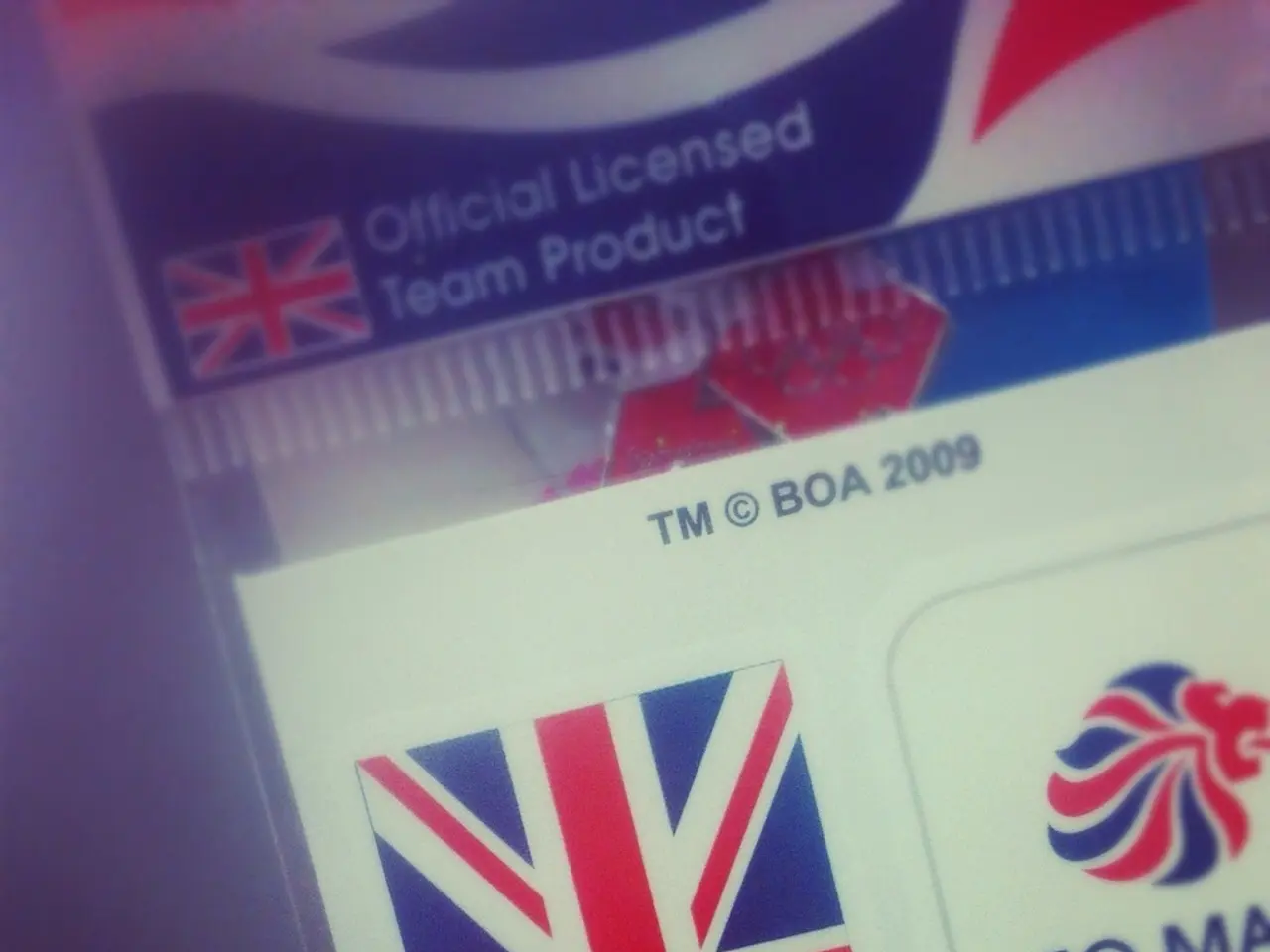Trump removed economic restrictions on Syria
### U.S. and EU Sanctions Against Syria: A Changing Landscape
The international sanctions landscape against Syria has experienced significant shifts, with the United States and European Union (EU) taking different approaches in recent times.
#### U.S. Sanctions: A Softening Stance
On June 30, 2025, President Trump issued an Executive Order, marking a major change in the U.S.'s stance towards Syria. The order lifted comprehensive sanctions, which had been in place since 2011, under the Syrian Sanctions Regulations (31 CFR part 542). However, the sanctions against specific individuals and entities, including Bashar al-Assad, human rights abusers, Captagon traffickers, and entities linked to Syria's past proliferation activities, remain in effect [1][2][3].
Prior to the lifting of sanctions, the Office of Foreign Assets Control (OFAC) issued General License 25, which authorized certain transactions that would otherwise be prohibited under U.S. sanctions. This license remains in effect for activities it authorizes beyond the rescinded Syrian Sanctions Regulations [2][3].
#### EU Sanctions: A Continued Hard Line
In contrast, the EU has not lifted its sanctions against Syria. The EU continues to maintain targeted sanctions against the Syrian government and associated individuals, including travel bans and asset freezes [3].
#### Comparison and Impact
The divergence in sanctions policies between the U.S. and EU may have far-reaching implications for commercial and diplomatic relations with Syria. While the U.S. has lifted comprehensive sanctions, the EU maintains targeted sanctions, meaning that some transactions may still be prohibited under EU law even if permitted under U.S. law [3].
The U.S.'s decision to lift comprehensive sanctions may pave the way for increased economic engagement with Syria, though caution is advised due to remaining sanctions and potential EU restrictions [3]. It is important to note that measures against former Syrian leaders, whom the U.S. considers complicit in narcotics trafficking, war crimes, and human rights abuses, have not been intensified [1][2][3].
This article aims to provide a clear and concise overview of the current state of U.S. and EU sanctions against Syria. For more detailed information, it is recommended to consult official sources or seek advice from a legal expert.
[1] White House Press Release, "Executive Order on Sanctions with Respect to the Situation in Syria," June 30, 2025. [2] U.S. Department of the Treasury, "FAQs: General License 25," June 30, 2025. [3] U.S. Department of State, "Syria Sanctions," accessed on July 1, 2025. [4] European Council, "Council Regulation (EU) No 36/2012," March 16, 2011. [5] European Council, "Council Decision (CFSP) 2021/1161," June 14, 2021.
- The U.S., under President Trump's administration, has taken a softer stance towards Syria, lifting comprehensive sanctions under the Syrian Sanctions Regulations (31 CFR part 542) in 2025, but maintaining sanctions against certain individuals, entities, and activities such as Captagon trafficking and individuals linked to Syria's past proliferation activities.
- In contrast, the European Union continues to uphold a hardline approach towards Syria, maintaining targeted sanctions against the Syrian government and associated individuals, which involves travel bans and asset freezes, as crystallized in Council Regulation (EU) No 36/2012 and Council Decision (CFSP) 2021/1161.






